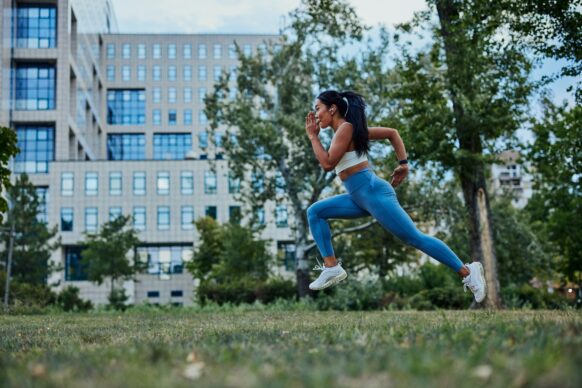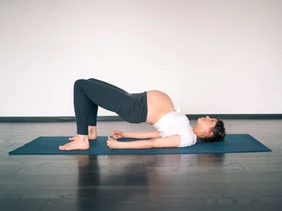by Michael Nieraeth, DPT, SCS, OCS, CSCS
Hot and cold therapy have several uses in conjunction with physical therapy or physical training. After an intense workout or game, athletes will often look to a form of cryotherapy (cold) or heat therapy to improve or speed up their recovery. Athletes want to decrease soreness and prepare their bodies for the next competition or training. After an injury, people may also use ice or heat to help them feel better. As an adjunct to their physical rehabilitation, people often seek heat or ice to help control their pain. But what really works? When is it recommended that you use heat and when is it recommended that you use cold?
I’ll start this discussion by saying that the research is mixed on a recommendation for either cold or heat therapy. The use of heat or cold therapy, in theory, should help with recovery from fatigue and injury, but studies show that heat or cold are not statistically superior to other forms of therapy or time of recovery. Heat increases blood flow when applied to an area. It creates inflammation in the area which is a normal phase of the healing process. Theoretically, this should speed up one’s ability to recover from an injury. Ice, in contrast, reduces blood flow to the area it’s applied to and slows the breakdown of cells in the body. This should help reduce inflammation after an injury and speed up recovery after an intense bout of exercise. These are normal responses for people without any systemic issues. In people with decreased sensation from diabetes or those with peripheral vascular issues, the use of heat and ice may be contraindicated. If you have questions about other issues in which heat or ice is not appropriate, you should consult a medical professional.
Now, let’s discuss the appropriate use of heat or ice. After a musculoskeletal issue, the use of heat or ice can be therapeutic. If you’re having muscle spasms in your back or soreness in your neck, heat can be a good adjunct to stretches and exercise. It will increase the blood flow to the muscle and help the muscle feel more relaxed. Ice can help you feel that the muscle is more relaxed as well. This would be a result of more of a numbing effect minimizing your body’s perception of the pain.
For an injury to a joint, such as your ankle, ice may be appropriate to apply to your body in the first 2-3 days. The ice will help reduce some of the swelling, which will improve the ankle’s mobility. This will also decrease muscle inhibition to the muscles that help stabilize the ankle. Heat would bring more blood flow to the area, may decrease the sensation of stiffness in the ankle and then allow you to move the ankle better as well. But it will also cause an increase in swelling, which may decrease range of motion and inhibit muscle activation. The research shows that for acute ankle sprains, ice is slightly better, but does this also apply to other joints? And does this only apply for the first week after the injury?
For recovery between games and after a marathon, it’s become popular to use cryochambers. After an intense bout of exercise, the body naturally breaks down at the cellular levels in response to the exercise stimulus. The cold air of the cryochamber is supposed to decrease internal body temperature, slow the breakdown of cells and help speed up the recovery from intense exercise. Cold whirlpools are meant to have a similar effect, but with water as its medium. The effect of hot whirlpools in recovery comes from speeding up the body processes and helping to metabolize or clear the byproducts of intense exercise. Again, the research is mixed on whether hot or cold therapies are effective. But even if these therapies help you feel better or recover for your next race faster by 1-2%, that’s still a positive effect.
So what are the final recommendations – heat or ice? My answer is to do whatever makes you feel better. If it’s an acute injury, painful, swollen and hard to move, I’d suggest using ice to numb it and reduce the swelling. If your back has felt tight for the last couple weeks and you like warmth, use heat. If sitting in a cryochamber improves your soreness and helps you return to walking normally after a tough race, then cool your body down.
Remember that heat and ice are just adjuncts to your nutrition, stretching, exercise and training. The use of heat or ice is not recommended if you’re dependent on them and don’t eat or exercise properly. Use heat or ice to supplement the physical or mental process of recovery and help you achieve your physical goals. Feel free to reach out with questions on your specific needs and to build a recovery plan that works for you!




